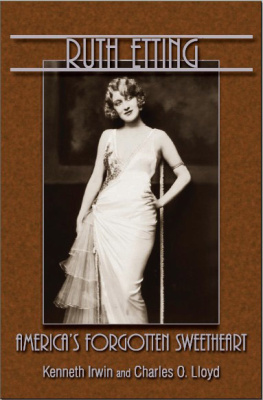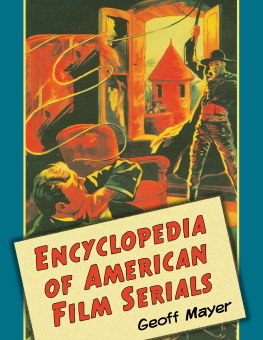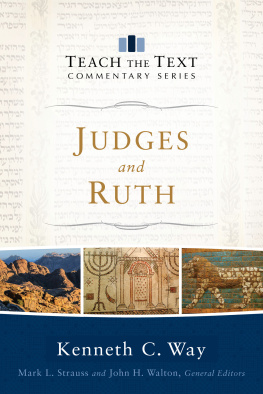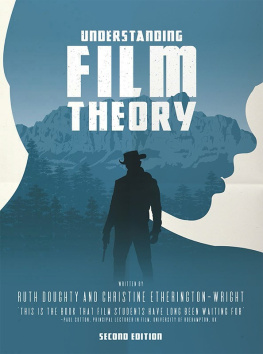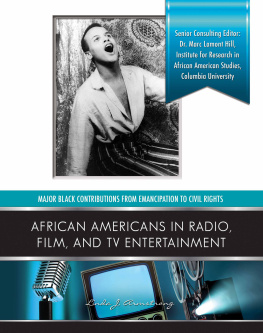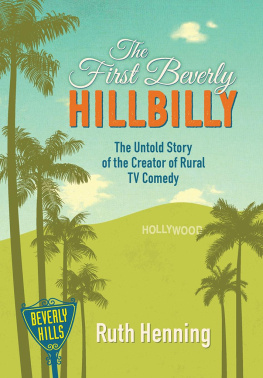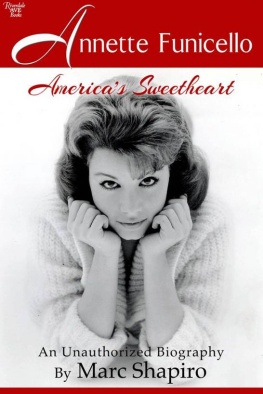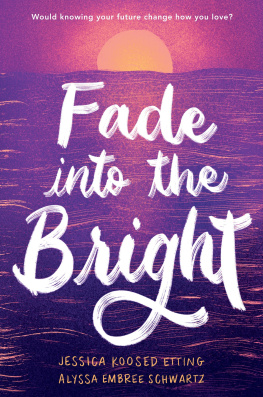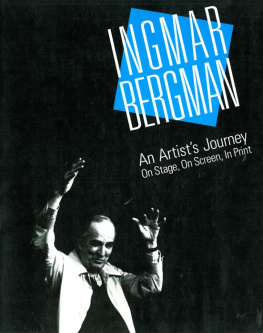Kenneth Irwin earned a B.A. in history at Northeastern Illinois University, where he became interested in early talking pictures and jazz recordings of the 1920s. Ultimately he focused his enthusiasm for this period on Ruth Ettings career and devoted almost fifteen years of his life to visiting her performance venues and houses she lived in, interviewing family members, friends, and performers who knew her, and researching her pioneering career in show business. He has published on her film career in the journal Classic Images and wrote liner notes for a rerelease of her recordings by Take Two Records. Born in 1955, he has spent his entire life in Chicago, where he works in information technology services.
Charles O. Lloyd earned his Ph.D. in classics at Indiana University in 1976. He taught at Marshall University in Huntington, West Virginia, for thirty-five years and published on the ancient Greek polis, Euripides, and Vergil as well as on how to teach Latin and writing. His lifelong interest has been American popular music, and for the past twenty-five years he has played improvisational piano at receptions and parties throughout the Huntington area. His interest in Ruth Etting began when he heard her voice on a Columbia rerelease in the late 1960s. His research led him to visit her hometown and to begin interviewing her friends. He met Kenneth Irwin in 2001, and they began a collaboration that led to this book, in which Lloyds interests in writing, research, American popular music, and Ruth Etting all come together. He is now writing a historical novel on Ancient Sparta.

Selected Bibliography
This bibliography is not a complete listing of works the authors consulted, but a record of those sources that were most useful in creating the book.
Adler, Larry. Interview by David Candlin. Tape recording. January 15, 1996, London.
. It Aint Necessarily So: An Autobiography. New York: Grove, 1984.
Alderman, John. Interview by Kenneth Irwin. June 27, 1993, and April 17, 1994.
Alderman, Violet. Interview by Kenneth Irwin. June 27, 1993, and April 17, 1994.
Allen, Frederick Lewis. Only Yesterday . New York: Harper and Brothers, 1931.
Brokenshire, Norman. This Is Norman Brokenshire: An Unvarnished Self-Portrait . New York: David McKay, 1954.
Cantor, Eddie, and David Freeman. Ziegfeld: The Great Glorifier . New York: Alfred H. King, 1934.
, with Jane Kasner Ardmore. Take My Life . Garden City, N.Y.: Doubleday, 1957.
Carter, Randolph. The World of Flo Ziegfeld . New York: Praeger, 1974.
Coghlan, Frank, Jr., They Still Call Me Junior . Jefferson, N.C.: McFarland, 1993.
DeLong,Thomas A. POPS: Paul Whiteman, King of Jazz . Piscataway, N.J.: New Century, 1983.
Douglas, Ann. Terrible Honesty: Mongrel Manhattan in the 1920s . New York: Farrar, Straus and Giroux, 1995.
Dumont, Lou. Ruth Etting. Hobbies , December 1978, 12021; January 1979, 11820; February 1979, 116, 11920.
Eells, George. Ginger, Loretta, and Irene Who? New York: G. P. Putnams Sons, 1976. Chapter on Ruth Etting: Box-Office Bait, 12980.
. Interview by Lou Dumont. Compact Disc, First Ladies of Radio, Featuring Ruth Etting (Program 1), Redmond Nostalgia, date unknown.
Etting, Ruth. Interview by Gary Williams. Tape recording. Colorado Springs, Colorado, MayJune (or July) 1972.
Forte, Allen. The American Popular Ballad of the Golden Era 19241950 . Princeton, N.J.: Princeton University Press, 1995.
Galbraith, John Kenneth. The Great Crash 1929 . Boston: Houghton Mifflin, 1961.
Giddins, Gary. Bing Crosby, A Pocketful of Dreams: The Early Years, 19031940 . Boston: Little, Brown, 2001.
Giesler, Jerry, as told to Pete Martin. The Jerry Giesler Story . New York: Simon and Schuster, 1960.
Goldman, Herbert G. Jolson: The Legend Comes to Life . New York: Oxford University Press, 1988.
Gordon, Lois, and Alan Gordon. American Chronicle: Six Decades in American Life 19201980 . New York: Atheneum, 1987.
Griffin, Grace. Interview by John Moran. 1982.
Henabery, Joseph E. Before, In, and After Hollywood: The Autobiography of Joseph E . Henabery . Ed. Anthony Slide. Lanham, Md.: Scarecrow, 1997.
Higham, Charles. Ziegfeld . Chicago: Henry Regnery, 1972.
Hotchner, A. E. Doris Day: Her Own Story . New York: William Morrow, 1976.
Hudovernik, Robert. Jazz Age Beauties . New York: Universe, 2006. [Alfred Cheney Johnston: www.alfredcheneyjohnston.com (May 14, 2009)]
Jablonski, Edward. Harold Arlen: Rhythm, Rainbows, and Blues . Boston: Northeastern University Press, 1998.
Jasen, David A. Tin Pan Alley: The Composers, the Songs, the Performers, and Their Times (The Golden Age of American Popular Music 18861956) . New York: Donald I. Fine, 1988.
Kaufman, David. Doris Day: The Untold Story of the Girl Next Door. New York: Virgin, 2008.
Kaye, Lenny. You Call It Madness: The Sensuous Song of the Croon . New York: Vil -lard, 2004.
McCabe, John. Cagney . New York: Carroll and Graf, 1997.
Mizejewski, Linda. Ziegfeld Girl: Image and Icon in Culture and Cinema . Durham, N.C.: Duke University Press, 1999.
Mordden, Ethan. Ziegfeld: The Man Who Invented Show Business . New York: St. Martins, 2008.
OMeally, Robert G. The Jazz Cadence of American Culture . New York: Columbia University Press, 1998.
Osgood, Henry O. So This Is Jazz . Boston: Little, Brown, 1926.
Pitts, Michael, and Frank Hoffman. The Rise of the Crooners: Gene Austin, Russ Co lumbo, Bing Crosby, Nick Lucas, Johnny Marvin, and Rudy Valle . Lanham, Md.: Scarecrow, 2002.
Rust, Brian, with Allen G. Debus. The Complete Entertainment Discography from the Mid-1890s to 1942 . New Rochelle, N.Y.: Arlington House, 1973.
Ruth Etting Scrapbook. Ruth Etting Archives, University of Nebraska at Lincoln, Music Library. Also available on microfilm through the University of Chicago Library.
Shipton, Alyn. A New History of Jazz . London: Continuum, 2002.
Stevens, Michael OHara. Interview by Charles Lloyd. 20052006.
Warren, Doug, with James Cagney. James Cagney: The Authorized Biography . New York: St. Martins, 1983.
Whiteman, Paul, and Mary Margaret McBride. Jazz . New York: Arno, 1974 (reprint of 1926 edition).
Zorbaugh, Harvey Warren. The Gold Coast and the Slum: A Sociological Study of Chicagos Near North Side . Chicago: University of Chicago Press, 1929.
CHAPTER ONE

From David City to Chicago
You hear music every place you go. Its in the supermarkets... in buses... its on everything. Music means nothing anymore. I remember back in Nebraska, we had a little lake, where they had Chautauquas. They put up a big tent. And everybody came! The farmers came. They brought their bedding. They brought stoves. They camped down there. To hear music was a wonderful thing. To hear it live. Well, of course, they had it no other way. It was really a wonderful thing. Now you hear it all the time. Youre not even conscious of it playing. You dont even listen any more. And its too bad.

